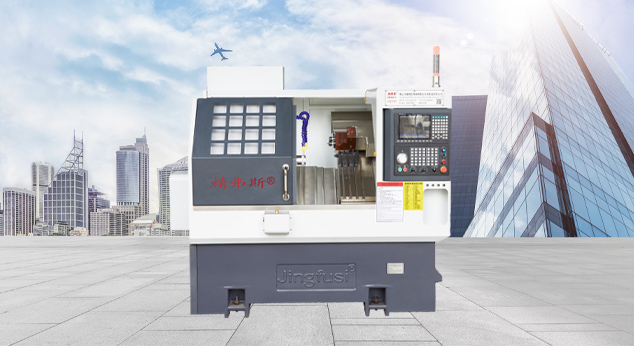 English
English-
 English
English -
 Français
Français -
 日本語
日本語 -
 Deutsch
Deutsch -
 tiếng Việt
tiếng Việt -
 Italiano
Italiano -
 Nederlands
Nederlands -
 ภาษาไทย
ภาษาไทย -
 Polski
Polski -
 한국어
한국어 -
 Svenska
Svenska -
 magyar
magyar -
 Malay
Malay -
 বাংলা ভাষার
বাংলা ভাষার -
 Dansk
Dansk -
 Suomi
Suomi -
 हिन्दी
हिन्दी -
 Pilipino
Pilipino -
 Türkçe
Türkçe -
 Gaeilge
Gaeilge -
 العربية
العربية -
 Indonesia
Indonesia -
 Norsk
Norsk -
 تمل
تمل -
 český
český -
 ελληνικά
ελληνικά -
 український
український -
 Javanese
Javanese -
 فارسی
فارسی -
 தமிழ்
தமிழ் -
 తెలుగు
తెలుగు -
 नेपाली
नेपाली -
 Burmese
Burmese -
 български
български -
 ລາວ
ລາວ -
 Latine
Latine -
 Қазақша
Қазақша -
 Euskal
Euskal -
 Azərbaycan
Azərbaycan -
 Slovenský jazyk
Slovenský jazyk -
 Македонски
Македонски -
 Lietuvos
Lietuvos -
 Eesti Keel
Eesti Keel -
 Română
Română -
 Slovenski
Slovenski -
 मराठी
मराठी -
 Srpski језик
Srpski језик -
 Español
Español -
 Português
Português
Teach you how to install turning and milling compound machine tools
2023-10-17
The installation work of the turning-milling compound machine tool refers to the work done at this stage after the machine tool is shipped to the user and installed at the work site until it can operate normally. For small CNC turning and milling compound machine tools, this work is relatively simple. For large and medium-sized CNC turning and milling compound machine tools, users need to assemble and re-debug, and the work is more complicated.
1. Installation preparation
Before the CNC turning and milling compound machine tool is transported to the user, the user should first select the installation location according to the equipment requirements and the actual situation of the production site, then prepare the machine tool foundation according to the basic drawing provided by the manufacturer, and prepare the location for installing the anchor bolts. Leave holes.
2. Unpacking and acceptance
After the machine tool arrives, it should be unpacked and inspected promptly, find out the machine tool packing list, check and inspect the items in the box one by one according to the packing list and contract, and make records, including:
1. Whether the packaging box is intact, whether there is any obvious damage to the appearance of the turning and milling machine tool, whether it is rusted or the paint is peeling off;
2. Whether the technical information is complete;
3. Type, specification and quantity of accessories;
4. Type, specification and quantity of spare parts;
5. Tool varieties, specifications, and quantities;
6. Install accessories, such as adjusting the variety, specification and quantity of pads, anchor bolts, etc.;
7. Other items.
3. Hoisting and positioning of machine tools
Use the special lifting tools provided by the manufacturer (if no special tools are needed, wire ropes should be used to lift according to the specified positions in the instructions) to place the major components of the machine tool in place on the foundation. When in place, the pad irons, adjustment pads and anchor bolts should also be seated accordingly.
4. Machine tool assembly and connection
After the machine tool is initially in place, the next step is to assemble the machine tool components and connect the CNC system.
The assembly of machine tool components refers to the process of combining disassembled and transported machine tools into a complete machine. Before assembly, pay attention to clean the surface of the components, clean the anti-rust paint on all connecting surfaces, guide rails, and positioning parts, and then accurately and reliably connect the components to form the complete machine. During the process of assembling columns, CNC cabinets, electrical cabinets, tool magazines and manipulators, the connection and positioning between various parts of the machine tool requires the use of original positioning pins, positioning blocks and other positioning components to better restore the original positioning of the machine tool before disassembly. Assembled state, maintaining the original manufacturing and installation accuracy of the machine tool.
After the components are assembled, connect the cables, oil pipes and air pipes according to the markings on the cable and pipe joints in the instructions. Pay attention to clean and reliable contact and sealing when connecting.
The connection of the CNC system refers to the CNC device and the supporting feed and spindle servo drive units. It mainly includes the connection of external cables and the connection of the CNC system power supply.
Before connection, carefully check the CNC system device of the turning-milling machine tool and the MDI/CRT unit, position display unit, tape reader, power supply unit, each printed circuit board and servo unit, etc. If any problem is found, take timely measures or replace it. Enough attention should be paid to whether the connectors in the connection are inserted into place and whether the fastening screws are tightened, because failures caused by defects are the most common. In addition, CNC turning and milling compound machine tools must have good ground wires to ensure equipment and personal safety and reduce electrical interference. Protective ground wires must be connected between servo units, servo transformers and high-voltage cabinets.




